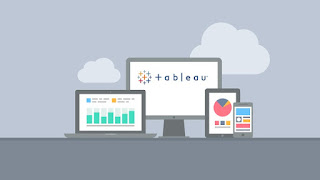The basic principle of robotics and AI
Artificial intelligence applied to robotics development requires a different set of skills from you, the robot designer or developer. You may have made robots before. You probably have a quadcopter or a 3D printer. The familiar world of Proportional Integral Derivative ( PID ) controllers, sensor loops, and state machines must give way to artificial neural networks, expert systems, genetic algorithms, and searching path planners. We want a robot that does not just react to its environment as a reflex action, but has goals and intent—and can learn and adapt to the environment. We want to solve problems that would be intractable or impossible otherwise. Robotics or a robotics approach to AI—that is, is the focused learning about robotics or learning about AI? about how to apply AI tools to robotics problems, and thus is primarily an AI using robotics as an example. The tools and techniques learned will have applicability even if you don’t do robotics, but just app...




Comments
Post a Comment